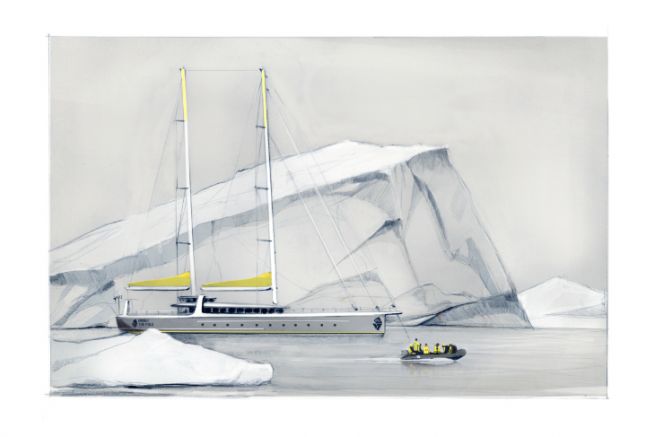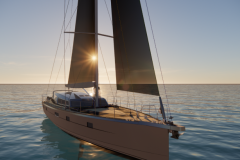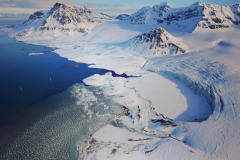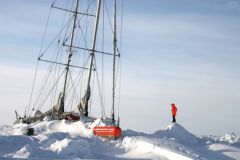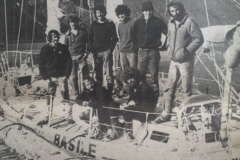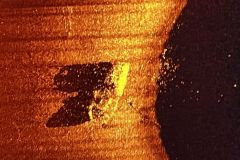4 years of study with Under The Pole III
In May 2017, the third part of the Under The Pole expeditions began. Aboard the Why, the steel schooner used for the program, Emmanuelle and Ghislain Bardout accompanied by their team, sailed along the west coast of Greenland and reached the Pacific after the Northwest Passage.
For several years, they first studied natural fluorescence in the Arctic before focusing on mesophotic corals in French Polynesia. The objective of this mission called "Deephope" was to study the characteristics of corals and to understand their capacity to adapt to global warming.
To do this, the team dived more than 1,000 times in the archipelago and collected more than 6,000 samples, including the deepest photosynthetic coral in the world and discovered a new species of coral .
In Moorea, the team participated in the capsule program an autonomous underwater habitat to live and work under the sea for several days. An experience that they will repeat on Under The Pole IV with a second Capsule.
Make way for Under the Pole IV
In response to the United Nations Decade of Ocean Sciences for Sustainable Development, established by the UN in 2021, Emmanuelle and Ghislain are launching a new expedition program. This program, which will run from this year until 2023, will be dedicated to the exploration of the mesophotic zone of the oceans to a depth of 200 m, a zone that is largely unknown although it plays a fundamental role in the balance of the oceans.
In the same way as for the other expeditions, Deeplife will rely on scientific partnerships. For the needs of this new program, the team is launching the construction of a new exploration vessel, the Why II. It will integrate a marine biology laboratory, deep diving facilities, adapted work spaces and a high level of safety, to navigate on all oceans. The ship will be launched in 2023.
The team is expected to arrive in Concarneau in July 2021 and the Why will enter the shipyard. The team will then participate in 2022-2023 in the Svalbard archipelago, the Canary Islands and the Caribbean.
